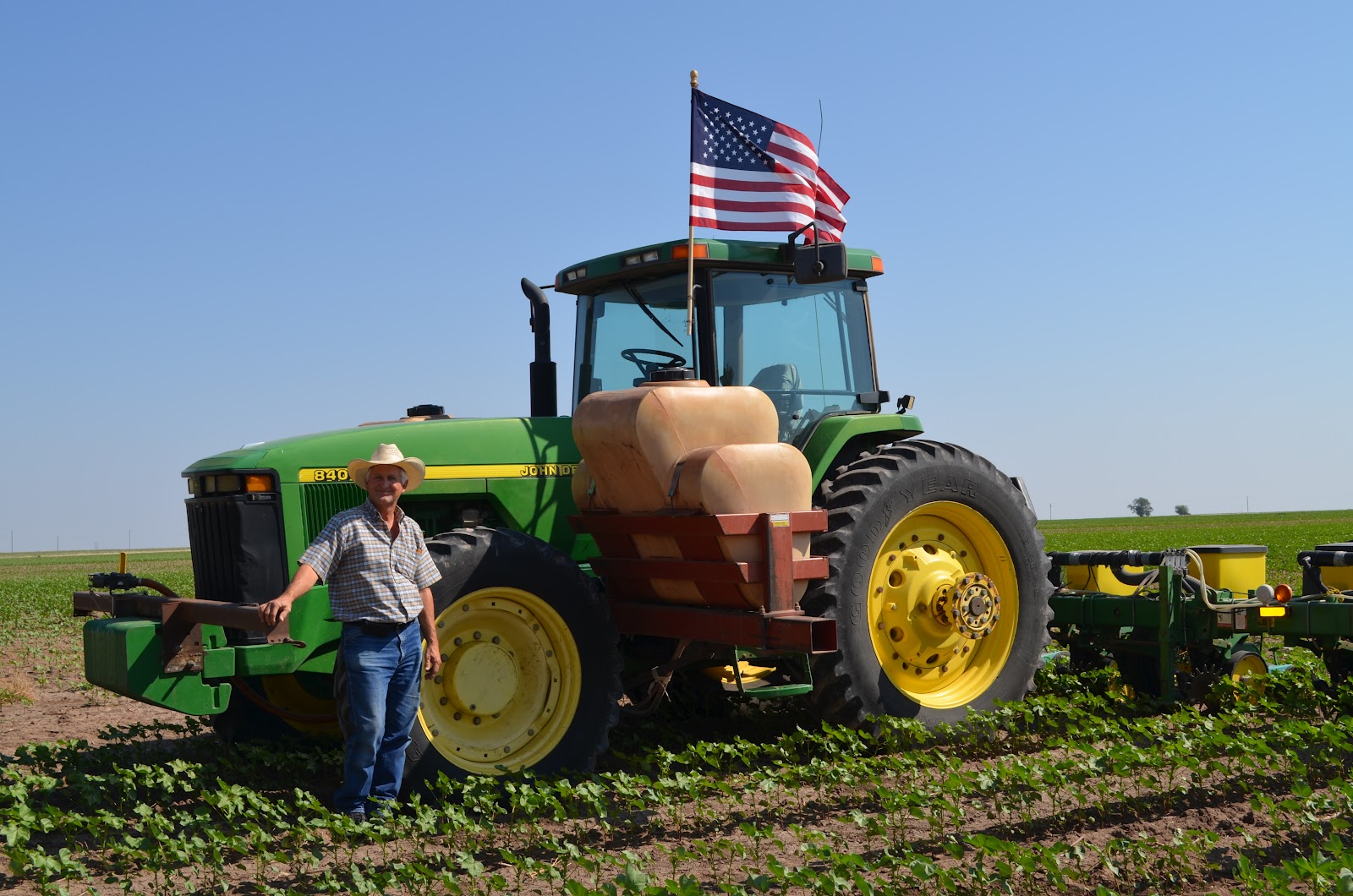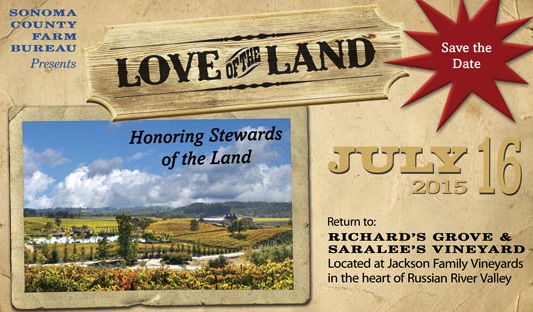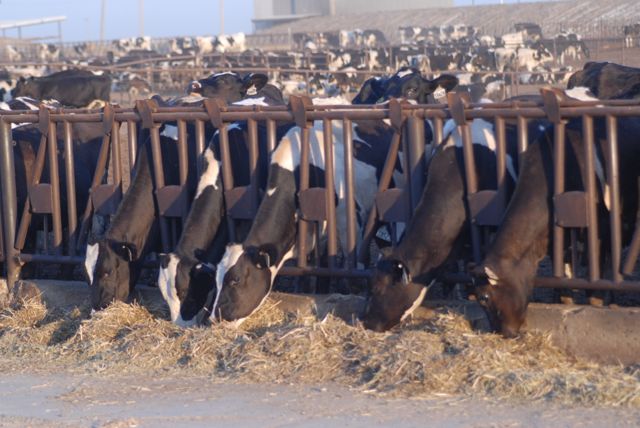#AgLaw: Country of Origin Labeling (COOL)
S.1844 – Voluntary Country of Origin Labeling for Beef, Pork and Chicken
Status:
Sen. John Hoeven, [R-ND] introduced S. 1844 on July 23, 2015 to amend the Agricultural Marketing Act of 1946 to provide for voluntary country of origin labeling for beef, pork, and chicken. The bill was read twice and referred to the Senate Committee on Agriculture, Nutrition, and Forestry.























